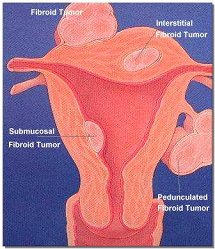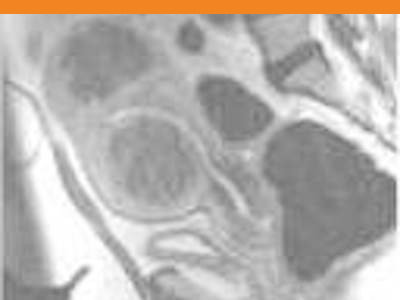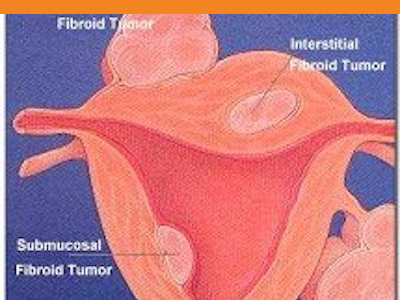DUKE INTERVENTIONAL RADIOLOGY: SAFE AND EFFECTIVE
Interventional Radiology, at Duke University Medical Center has been performing Uterine Fibroid Embolization since 1999. Having treated more than 500 women with fibroid related symptoms; we are devoted to providing safe, effective, and individualized care. Our three goals are to educate women on the treatment options available, perform a safe and effective Uterine Fibroid Embolization when indicated, and provide excellent care for women following their procedure.
SCHEDULING
If you are interested in obtaining more information about uterine fibroid embolization or to schedule a consultation to discuss whether or not you are a candidate, please contact the interventional radiology scheduler at 919-684-7373.

WHAT IS A FIBROID?
A fibroid is a benign (non-cancerous) tumor of the uterus smooth muscle; also known as a leiomyoma or myoma. There can be a single or multiple fibroids within a woman’s uterus. They are the most common tumor of the female genital tract occurring in 50% of women. Although roughly 30% of women with fibroids will have symptoms, African American women are more likely to be affected. Symptoms typically affect women in their 30’s and 40’s. Fibroids are the leading indication for the 600,000 hysterectomies performed in the United States each year.
WHAT IS UTERINE FIBROID EMBOLIZATION (UFE)?
A minimally invasive alternative to surgery for patients with symptomatic uterine fibroids.
In August 2009, the American Journal of Obstetrics & Gynecology stated, “UFE is a safe, effective, and durable nonsurgical alternative to hysterectomy.” The procedure involves injecting particles into the arteries that supply the uterus. The particles block the blood flow to the fibroid which results in their destruction and shrinkage. This procedure is performed under sedation and requires overnight observation. Menstrual-like cramps are typical the first few days following UFE, so women are sent home with pain medication to maintain comfort. Most women return to normal activity within a week.


